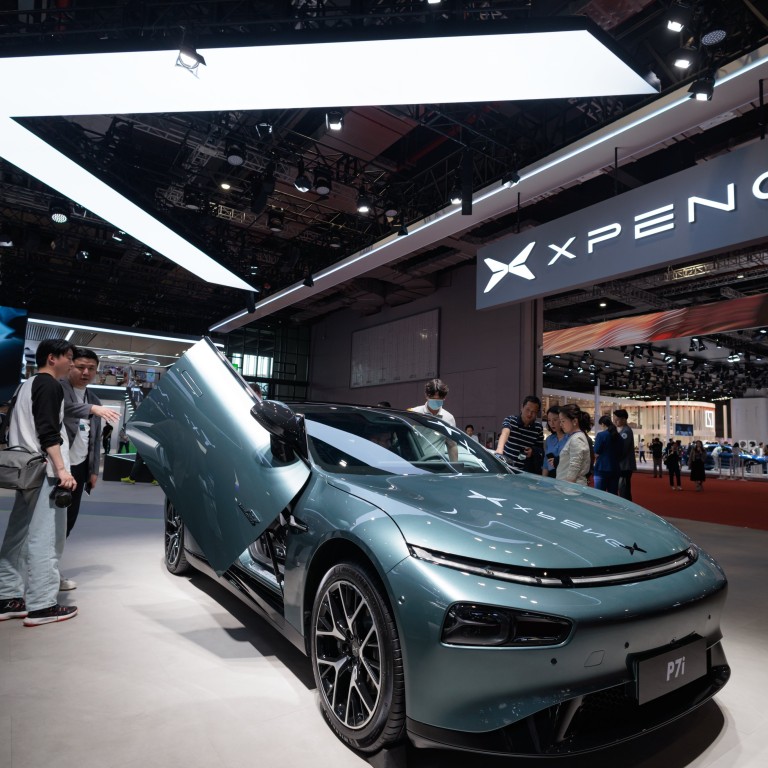
Chinese EV maker Xpeng expects delivery ramp-up in second quarter as price war with Tesla and other rivals abates
- The guidance came as the company reported a 45.9 per cent drop in revenue and a 37.6 per cent wider net loss in the first quarter
- Xpeng expects its newest model, the G6 SUV, to boost sales and spur a turnaround after deliveries begin in June
The Guangzhou-based carmaker said it would hand 21,000 to 22,000 cars to customers between April and June, compared to its total deliveries of 18,230 units in this year’s first quarter.
The company reported that its net loss widened 37.6 per cent year on year to 2.34 billion yuan (US$332 million) for the three months ended March 31.

In the fourth quarter of 2022, Xpeng posted a net loss of 2.36 billion yuan.
Revenue in the first quarter was 4.03 billion yuan, down 45.9 per cent year on year and 21.5 per cent quarter on quarter. It also fell short of an estimate of 4.22 billion yuan in a survey of analysts conducted by Shanghai-based Cailian news agency.
“Xpeng may see a turnaround in the second half after it launches the new SUV [sport-utility vehicle] model G6,” said Tian Maowei, a sales manager at Yiyou Auto Service in Shanghai. “Consumers are still not in the mood to spend on expensive vehicles now, but new models can normally whet their buying appetite.”
Lithium supply volatility, price war pose risk to EV makers’ financials
Last week, Citic Securities said in a research note that positive signs have emerged for the mainland’s automotive sector as the price war showed signs of fading and car deliveries were strong in the first week of May.
Li Auto gains on Tesla in China EV market as premium models avoid price war
Chinese carmakers delivered 375,000 units to customers between May 1 and May 7, an increase of 46 per cent over the same period in April, according to the China Passenger Car Association.
He Xiaopeng, co-founder and chief executive of Xpeng, said earlier this year that the G6’s sales would more than double those of the P7 sedan, its current bestselling model, which recorded sales of about 5,000 units a month so far in 2023.

The efficiency drive and cost-cutting programme would put Xpeng on the road to generate positive cash flow by 2025, the company’s president, Brian Gu, told a media briefing.

